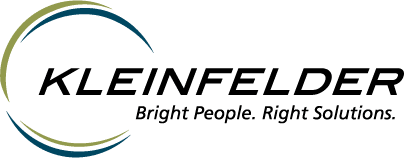
Kleinfelder’s Ryan Parker Discusses the Importance of Geotechnical Engineering in Trenchless Technology and HDD Projects
Lately, you might be hearing more about trenchless technology and wondering what, exactly, that means. It’s a name that refers to a set of construction methods used for the installation of pipelines and cables below ground to minimize or eliminate excavation. These methods include horizontal directional drilling, or HDD, and Kleinfelder is proud to have a growing group of experts in this field.
One such rising trenchless tech star is Ryan Parker, a Project Manager in Kleinfelder’s Raleigh, North Carolina office.
“I’ve been working at Kleinfelder for over eight years and have had my hands in trenchless technology designs pretty much since I started here,” said Ryan. “It’s been interesting to see how our design process around trenchless technology has evolved over the years.”
Santa Rosa Sound Project
An example of this is the recently completed Santa Rosa Sound project, which took Ryan from Raleigh to Santa Rosa, Florida, for the upgrade and replacement of four electrical power distribution subaqueous cables for Gulf Power.
The Kleinfelder team, including Ryan, provided HDD design support for the project to avoid direct and secondary impacts to approximately 2 acres of seagrass that the typical cable installation methods (via a jet plow) would have otherwise caused.
A Unique Approach
“Typically, HDDs are drilled from land to land,” explained Ryan. “However, on this project, there were workspace and drilling distance limitations which forced us to perform two drills from each end that exited underwater in the Santa Rosa Sound.”
The two drills were then connected via an open trench installation. In order to connect the HDD exits to the open trench portion, the contractor had Kleinfelder design cofferdams to be placed out in the sound.
Challenges
Ryan continued to explain that the design itself was a challenge, as Kleinfelder was proposing an approach that they’d never really considered or designed before. Additionally, the sheer location itself – including soils – presented challenges to the entire project team.
“The geotechnical investigation we performed found very poor soils, which were not the most ideal to be drilling through, presenting a challenge for the contractor,” said Ryan. “Workspace and landowner impacts, especially on the south end of the project, were challenging. The south side was essentially an alley with beach rental houses on the west and condos with many year-round tenants on the east. I believe the contractor ended up renting one of the beach houses as their office, and the condo owners were temporarily relocated for the duration of construction.”
Solutions
Kleinfelder’s design solution considerably reduced environmental impacts, operating budget, and permitting time by avoiding near-shore seagrass impacts; excluding long- term permitting, monitoring, and mitigation; preserving more than $500,000 in capital budget through elimination of a 10-year monitoring requirement; and reducing the permitting timeline by a full year.
“I enjoyed helping our client utilize trenchless technologies and understand the importance of what we do,” Ryan said.
Ryan is also frequently consulted for HDD projects. “I’ve been called by clients multiple times because they got stuck in the middle of drilling an HDD,” he said. “The conversation is usually something like, ‘I didn’t think we needed a geotechnical investigation and HDD design, but we definitely do now.’”
He added that there’s so much more to HDD than simply sketching out the drill path on a plan set, including geotechnical factors, environmental factors, construction considerations, and more that all need to be considered during design.
“Most of our competitors look at an HDD project as a civil design project with a geotechnical component,” he said. “We at Kleinfelder look at it exactly opposite – as a geotechnical project with a civil design component – because the geotechnical investigation plays such a key part in facilitating the design and construction of HDDs. We also provide many of the services in-house that contribute to HDD design and construction.”
 Ryan Parker is a Project Manager in Kleinfelder’s Raleigh, North Carolina office.
Ryan Parker is a Project Manager in Kleinfelder’s Raleigh, North Carolina office.

